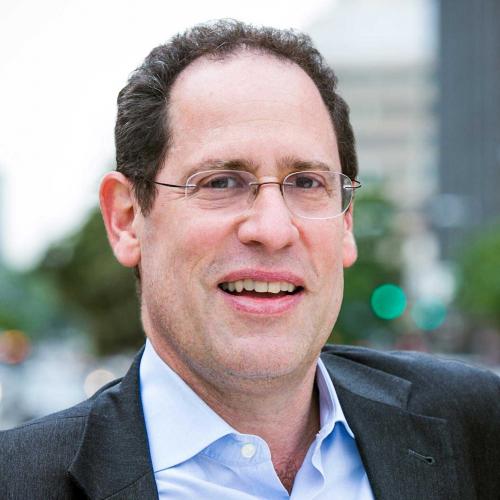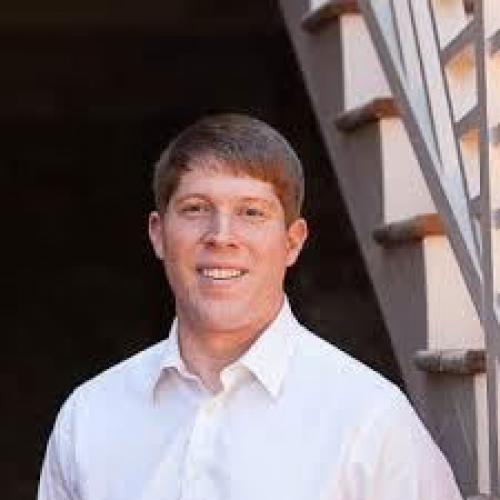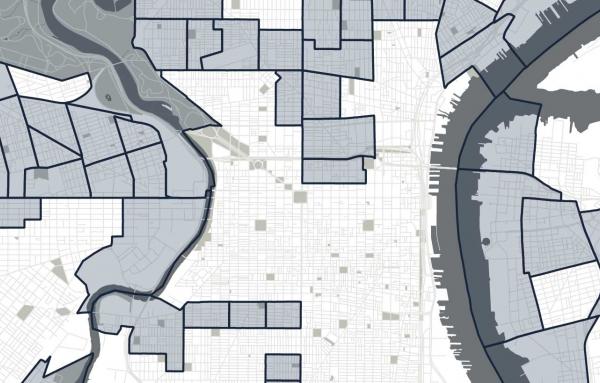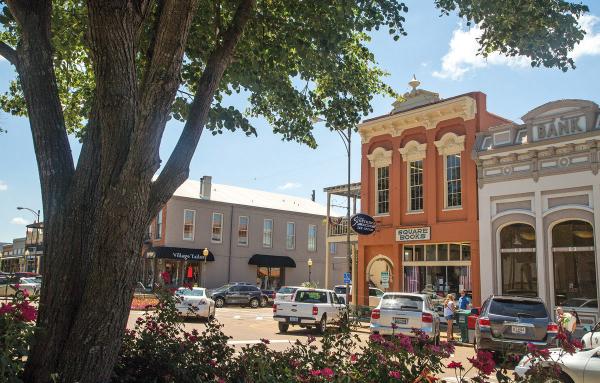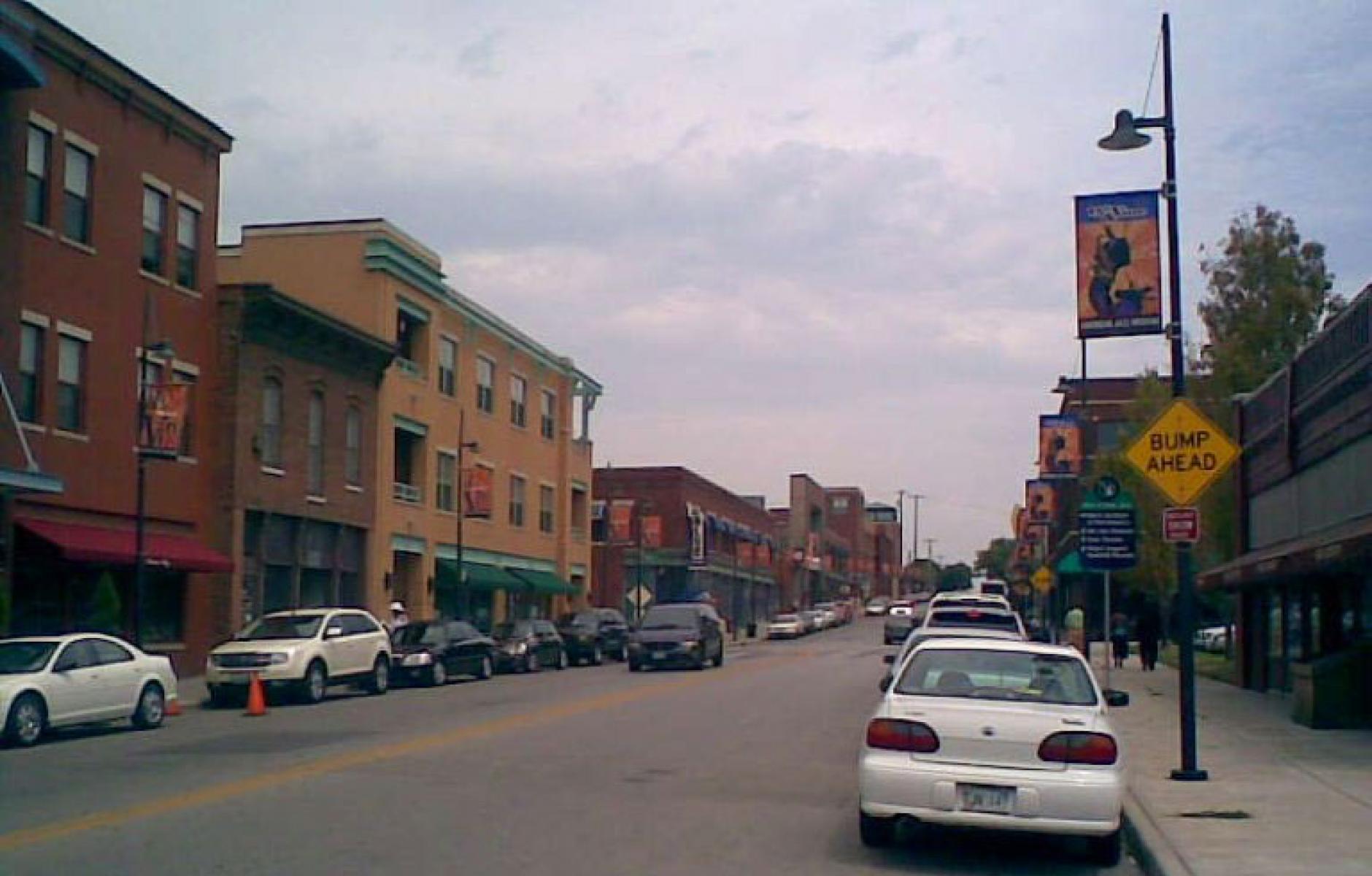
From extractive investment to community wealth
Above the fold in Sunday’s The New York Times was a blistering piece on Opportunity Zones: “How a Trump Tax Break to Help Poor Communities Became a Windfall for the Rich.”
The article is grounded in evidence and a depressing account of parasitic capitalism that generates wealth for just a few people. The brutal truth is that extracting value from poor communities has been a windfall for the rich for a long time. Since 1947, wealthy Americans (families at the 95th percentile) have generally experienced rising incomes, while poor families (those in the 20th percentile) have seen their incomes stagnate. Today, inequality in the US is at a hundred-year high.
The article only tells part of the story, though. The missing parts are what gives us hope about the future of the country. While there is extractive and troubling behavior by high-profile individuals and national institutions, thousands of local investors, builders, small businesses, entrepreneurs and civic leaders are using Opportunity Zone capital to finance worthy projects in distressed communities They are filling the vacuum left by the woefully inadequate legislation and regulations behind Opportunity Zones to ensure they indeed create “opportunity” for local communities. Collectively, these efforts are demonstrating bottom-up leadership in the face of top-down failure and, moreover, the models they are developing go beyond Opportunity Zones and show a path forward to a new system we call “Community Wealth.”
Equity means inclusion. These leaders are trying to create “Community Wealth” are reducing spatial divisions by investing in people and places, urban and rural, that are excluded from the markets today. And they intend to bring fairness and transparency to the regeneration process so that community voices are heard and respected and trust is restored.
Equity also means ownership—how people build wealth. These leaders are trying to build wealth for neighborhood residents by turning employees into company owners and helping renters (residential and business) become property owners. These investors are investing market capital as equity for the long-term, with a consistent decade-plus commitment to the communities where they are present.
Across America we are seeing local, entrepreneurial, and often small efforts that are showing evidence of promise and, if aggregated and applied intentionally, could advance community wealth building as the norm rather than the exception. Key players in the existing community development system, including philanthropic networks like Living Cities and key housing intermediaries like LISC and Enterprise, are broadening their scope to go beyond housing and innovate on business demand as well as financial practices and instruments.
At the same time, a new class of investors is entering the community space, focused on growing entrepreneurs and building strong local economies. We are seeing corporations and philanthropies in cities like Cincinnati, Erie, Philadelphia and St. Louis create institutions with the capacity and patient capital necessary to drive transformative change that is locally authentic and inclusive in operation and outcome. We are also seeing places like Austin, Baltimore, and Louisville employ bottom-up efforts to invest in “street corners” of interdisciplinary activity, rather than deploy top-down, centrally driven dollars.
These positive stories should be told with the same fervor and exactitude as the Times’ fine piece of investigative journalism. The media should not only chronicle avaricious behavior; they should be present when things go right and be part of emerging solutions.
Yet journalism, complete or incomplete, can only go so far. If Community Wealth is going to take hold as the dominant system, three structural shifts need to occur.
Shift one: From national and top-down to local and bottom-up
The New York Times article described the Opportunity Zone incentive as a “wave of developments financed by and built for the wealthiest Americans …what is shaping up to be a once-in-a-generation bonanza for elite investors.” Since the legislation passed, nearly every major bank and national investment firm has discussed or launched an Opportunity Zone strategy: famously, former Trump associate Anthony Scaramucci announced a $3 billion national Opportunity Zone fund. Many of the projects these national firms have done do not pass the sniff test for impact: for example, the article highlighted how a hedge fund billionaire was setting up offices in an oddly-chosen Opportunity Zone in West Manhattan.
The good news is that the Opportunity Zone legislation has helped accelerate the development of local investment efforts that tell a different story. In Oklahoma City, where Accelerator for America hosted its quarterly in early September, Homeland Grocery, a regional employee-owned network of grocery stores in Oklahoma City, just received Opportunity Zone investment to launch a new store in a food desert: Its employees will be able to earn equity in the company and residents will now have fresh food. We’ve seen dozens more investments that are not launched by famous people and not well capitalized by big names, but are more similar than different across the country, and we hope that the “Community Wealth” movement will be able to help entrepreneurs, developers, and investors be able to aggregate best practices and capital for these mission-aligned projects.
In Erie, Pennsylvania, the Erie Insurance Company has pursued a range of investment strategies that embody a new kind of commitment by an anchor corporation to the community in which it is located. Erie Insurance, along with other local investors, has committed patient capital to the recently formed Erie Downtown Development Corporation (“EDDC”), enabling the EDDC to acquire a string of dilapidated, historic properties across the street from Perry Square, the heart of the downtown. The company has then gone further by creating a market-oriented Opportunity Fund, with the first commitment made to EDDC to renovate the Perry Square properties. When completed, this project will “shock the market,” bringing vibrancy to an historic downtown long overlooked by national investors.
Most importantly: the market is in the very early days, where headlines have exceeded action—even for the non-mission-aligned actors. The Times reported that Anthony Scaramucci’s $3 billion fund has raised $50M to date—less than 2 percent of its goal and, notably, the same size as Erie Insurance’s fund. As the Opportunity Zone market continues to evolve, we—and Accelerator for America—want to play a role in capturing, chronicling, codifying and routinizing the bottom-up local projects as a countering vision to national extractive models.
Shift two: From “two-pocket” to “one-pocket” investing
A program officer from the Kresge Foundation, which has provided technical assistance support and investment to a range of good actor Opportunity Zone funds, said in The New York Times article, “Capital is going to flow to the lowest-risk, highest-return environment. Perhaps 95 percent of this is doing no good for people we care about.”
The quote is accurate. The vast majority of money we have seen flow to date in Opportunity Zones is in non-mission aligned projects. This dissonance is not a result of Opportunity Zones, but a problem in the broader economy. We call this dissonance the “two-pocket” problem—where assets such as endowments and pension funds are often investing in strategies with their “financial pocket” that counter the goals of the “mission” pocket.
As context, charitable foundations are only required to grant 5 percent of their assets to charitable foundations. The other 95 percent of capital typically goes into firms whose sole purpose are maximizing returns. Private equity and real estate funds that have been criticized for being extractive of communities, as well as direct firms such as Cadre, the Jared Kushner-co-founded real estate investment firm mentioned in the Times article, have direct investments from “the 95 percent,” foundation balance sheets, while their 5 percent grantmaking is often countering ill effects. As one practitioner said, “95 percent of philanthropies’ assets are invested only for financial returns: why would Opportunity Zones be different?”
Yet over the last decade, an emerging community of investors we would describe as “one pocket” has grown, and the Opportunity Zone legislation has dramatically accelerated the formation of “one pocket” strategies. We are eager to see the blending of government and philanthropic priorities with private capital where it makes sense.
As one example, Blueprint Local, a firm founded by Ross Baird, was involved in a project that made an Opportunity Zone investment in mixed-income housing in East Austin, which is both poor and rapidly growing. Existing community residents are incredibly worried that the economic growth of the neighborhood will price out homeowners due to property tax increases. While there are longer term policy solutions (e.g. homestead exemptions for existing owners), as a first step, the developer of the housing project pledged $250,000 to the East Austin Conservancy to help existing residents with any tax increases, the largest philanthropic pledge the group has ever received. While this is just one step, it is an example of investors blending two pockets into one.
We need balance in reporting: it is important to shine transparency on extractive actors working from their “investment pocket,” but we also need evidence-driven accounting of the serious challenges facing low income neighborhoods (predatory lending and check cashing, low-quality dollar stores, undercapitalized minority owned businesses) and the failure of foundations, policy, and the private sector to appropriately account for them.
Shift three: From domain dependent (“just a real estate project”) versus interdisciplinary (“whole neighborhood investment”)
The Times article states, “the tax break is largely benefiting the real estate industry,” and rightly points out that the vast majority of projects and funds have been focused on development. This is true—and also not different from the narrative of much of community development and investment over the last 40 years. Investing in America’s communities over the last generation, and federal programs and tax incentives, have largely focused on building affordable rental housing—without an eye towards who will live in the homes, where they will work, and how they will make money.
The domain dependence of “community investment = real estate” has dominated the national landscape far before Opportunity Zones. Yet investing in a whole neighborhood involves going just beyond one-off projects like the ones listed in this article. According to the Kauffman Foundation, nearly 100 percent of net new jobs come from new businesses; and more than 83 percent of new businesses cannot access formal sources of capital.
Yet actors across the country are focusing on interdisciplinary investment and putting entrepreneurs at the center of the conversation. Ross Baird has worked with Access Ventures, a Louisville-based firm, to pioneer a “street corner” model that invests in a whole neighborhood—one source of capital invests in housing, real estate, and growing businesses, with an eye toward a thriving, holistic economy. We both have engaged with more than a dozen communities across the country, including a collaboration with Accelerator for America and the Kauffman Foundation in Kansas City to highlight a “whole neighborhood” investment strategy in both real estate and entrepreneurs in a one-mile radius in the city’s historic 18th and Vine neighborhood.
At the state level, Opportunity Alabama is building a marketplace that is syndicating commercial real estate, housing, and direct investment in entrepreneurs across the state—other states like Virginia and cities like Baltimore are developing similar marketplace and “quarterback” models to help investors back growth holistically across a city or a region (versus one-off projects).
Overall, The New York Times piece is a frank and depressing assessment, not just of Opportunity Zones but also the state of how capital is flowing into America’s communities. The current version of how money flows into our communities is vastly flawed. Our neighborhoods, urban and rural, need a new system of “community wealth," that builds equity—in many senses of the word—across the country.
At the national level, the view is depressing. The more local you get, the more hopeful you become. The good news here, unreported as of yet, is that a new system is on the rise. This new system is nascent, but it shows great promise. What we are doing is organizing cities and communities to think differently about what they need and how to design, finance and deliver it in a way that maximizes benefits and builds wealth for residents and local businesses alike. We predict Opportunity Zones will be a focusing event that ultimately creates a new system for how our country’s capital flows into communities, building more equity in both senses of the word.
That will be a legacy worth celebrating.
This article was published on the website of Accelerator for America.




